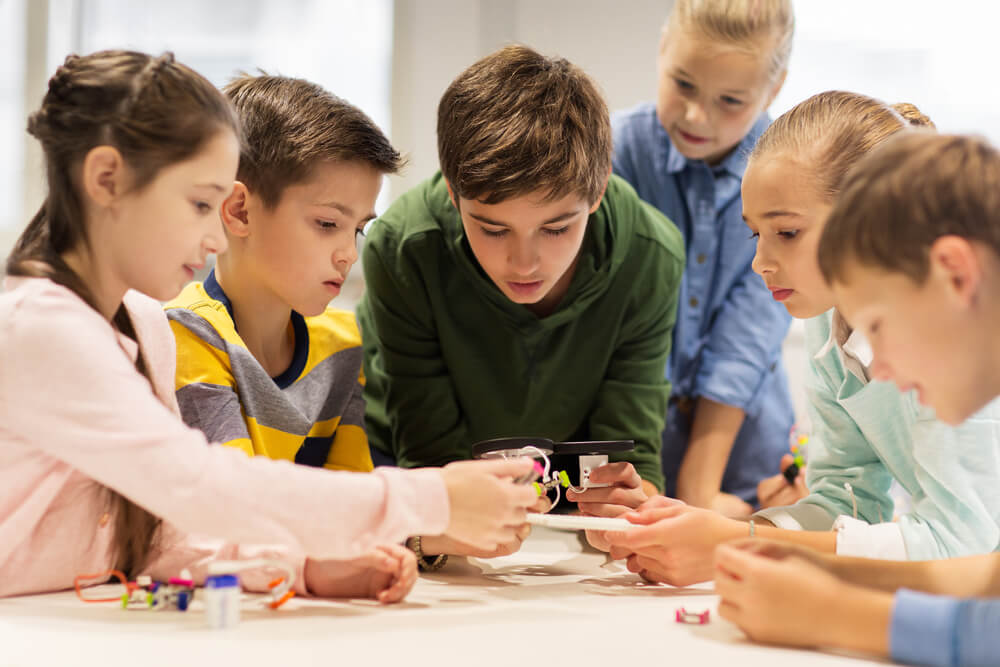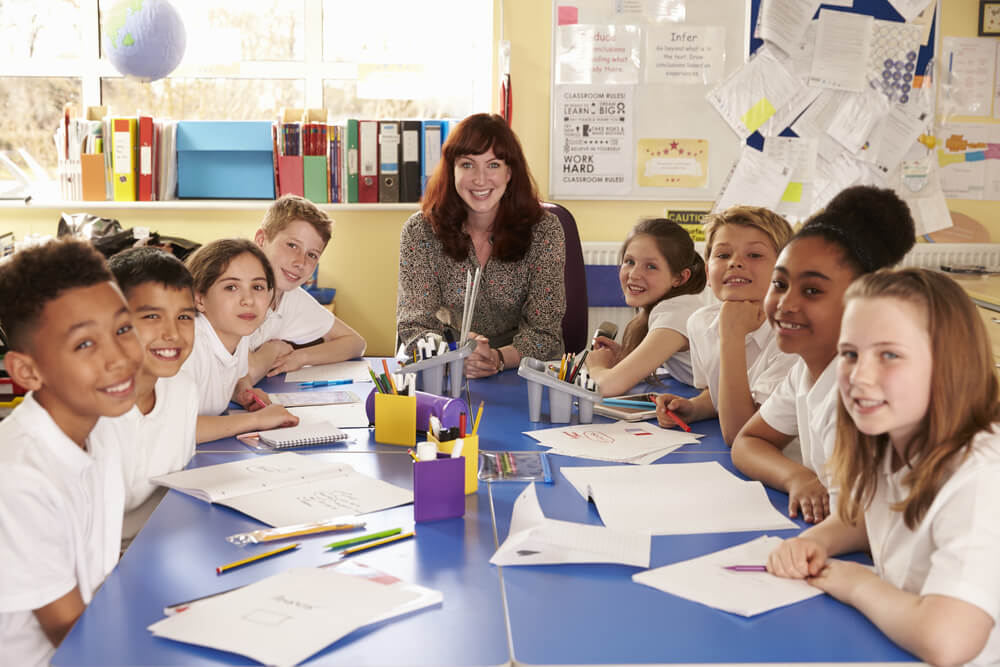The Backstory: Lave & Wenger's Collaboration
It's often said that two heads are better than one. This rang true for Jean Lave and Etienne Wenger as they collaborated on and developed the Communities of Practice theory, with each providing their unique expertise and perspectives. Jean Lave, with her anthropological background, brought to the table research on the intricacies of situated learning, the belief that learning isn't isolated but deeply embedded within social and practical contexts. Wenger expanded upon these ideas with his expertise in social theory, underlining the significance of participation and engagement in the learning process. Lave and Wenger found common ground in the belief that learning was not just a linear process of knowledge transfer but a web of social interactions and community involvement. Together, they penned their seminal work, promoting the idea that genuine learning thrives in a 'community' setting where shared objectives and mutual engagements foster deeper understanding. In itself, their collaboration demonstrates the power of community!Breaking Down the Communities of Practice Concept
Jean Lave and Etienne Wenger's concept of Communities of Practice (CoP) challenges us to rethink education, emphasising the role of shared experiences in authentic learning. But what, exactly, does a CoP entail? Mutual Engagement In an effective community of practice, learners actively engage with one another. Everyone has a voice and a stake in the process. Mutual engagement fosters a rich environment where every question, reflection, or insight is valued, and a collective rhythm of learning is created. Joint Enterprise While traditional teaching models might set individual objectives, a CoP thrives on shared goals. Additionally, the learners don’t just receive goals passively. They shape the direction, outcomes, and purpose of the educational experience. This joint enterprise nurtures a sense of ownership, with the community collectively accountable for its learning journey. Shared Repertoire Every culture has its language, rituals, and symbols, and so does a CoP. Over time, learners develop a shared set of resources, jargon, and tools. The unique "repertoire" or shared toolkit becomes second nature and not only aids learning but also solidifies the bonds of the community. Contrasting with Traditional Teaching Models In conventional classrooms, the focus often lies on the teacher as the sole knowledge dispenser, with students as recipients. CoP, however, envisions a more democratic space. Here, every learner is both teacher and student, every experience is a lesson, and the classroom extends beyond four walls to the real-world interactions of its community.
The Classroom as a Community
How might an educator go about cultivating a community of practice in a real-world setting? These are the concepts to guide teachers striving for this vision.Nurturing a Collaborative Spirit
Collaboration isn’t solely about assigning group projects. A community-centric classroom requires the intentional nurturing of a space where every student feels connected. Every voice is essential, and every idea, whether big or small, is valued. Collaboration in this context looks like mutual respect, collective problem-solving, and shared discoveries.Embracing Authentic Engagement
There’s engagement, and then there’s authentic engagement. The latter involves learners questioning, challenging, and immersing themselves in the topic at hand. This kind of participation transforms the learning experience, making it deeper and more personalised.Facilitating Open Dialogue
Dialogue supports community. Open conversations pave the way for collective reflection and critical thinking. It's essential to ensure that the classroom environment is one where questions are encouraged, opinions are respected, and every student feels safe to share.Bridging Formal and Informal Learning
Learning in a community-centric classroom doesn't stop when the bell rings. Be it a casual discussion during lunch or an impromptu group study session after school, the boundaries blur between formal and informal learning. By recognising and valuing both, educators can enrich the overall educational experience.Celebrating Diversity and Inclusivity
A genuine community is inclusive. It appreciates differences in thought, culture, or experiences. By celebrating diversity, the classroom can become a melting pot of ideas, offering richer perspectives and fostering empathy among learners.CoP in Modern Education
Communities of Practice (CoP) isn't just a theory; it is and has been a transformative force in real classrooms.Let's consider some tangible ways educators have weaved CoP magic into their teaching.- The flipped classroom model
- Peer tutoring and mentorship programs
- Collaborative online platforms
- Project-based learning (PBL)
- Interdisciplinary learning communities

The Teacher's Role in a CoP Framework
At the heart of Communities of Practice lies a subtle yet powerful shift: the teacher's role is not primarily an authority figure but a facilitator of collaboration. The following are some changes a teacher might make to help create a community of practice in their classroom.Guide on the Side
Gone are the days of the teacher standing alone at the helm, delivering lectures. In a CoP-focused classroom, educators change from a "sage on the stage" to a "guide on the side." They’re helping students teach themselves and teach each other—mixed with doing some teaching themselves when needed!Nurturing Mutual Engagement
Central to CoP is the idea of mutual engagement. Teachers play a pivotal role here by:- Encouraging open dialogue and debates.
- Creating safe spaces for voicing opinions, even dissenting ones.
- Incorporating tools and activities that promote peer interactions.
Collaborative Project Assignments
We said above that encouraging collaboration isn’t just about assigning group projects—but it’s certainly a good strategy! Instead of individual tasks, lean into group ones. This can not only instil teamwork but also offer students the platform to bring diverse perspectives to the table, enriching the learning process.Feedback as a Two-Way Street
In a CoP classroom, feedback isn’t a one-sided affair. Students should be encouraged to give feedback to peers and even to their teacher. It’s about creating a loop of continuous learning and improvement.Lifelong Learning
Being a "guide on the side" means teachers are co-learners. Continual professional development courses, attending workshops, and staying updated with pedagogical trends are key. After all, to nurture a community of learners, one must remain a learner at heart.
Challenges and Criticisms of Communities of Practice
Just as every rose has its thorn, every innovation in the field of education has its critics. That’s not a bad thing; it drives further innovation and refinement! Here’s a rundown of some of the challenges and critiques faced by the CoP theory.- One Size Doesn't Fit All
- The Risk of Groupthink
- Misconceptions about the Teacher's Role
- Requires Robust Facilitation Skills
- Adapting to Diverse Educational Settings
- Difficulty Measuring Success
Tech Integration: Online Communities of Practice
The digital age has ushered in an era of limitless connectivity, reshaping how we think, interact, and learn. In the digital era, the principles of Communities of Practice (CoP) can not only survive but thrive.The Birth of Digital CoPs
The Internet, vast and accessible to many people around the world, offers a fertile ground for communities to grow. Digital CoPs are spaces where educators, learners, and experts converge, making the most of a lack of geographical constraints. From forums and webinars to sophisticated learning management systems, technology has provided a plethora of platforms for virtual CoPs. These digital arenas help create interaction, sharing, and collaboration in real time.Enhanced Accessibility
Online CoPs are a boon for remote learners, ensuring that no one is left out due to geographical constraints. Whether you're in New York or New Zealand, a stable internet connection is all you need. While digital equity (equitable access to the digital world) is an issue in some places, the internet certainly provides more opportunities to more people when it comes to joining a learning community.Augmented and Virtual Realities: The Next Frontier
Augmented reality (AR) and virtual reality (VR) aren’t just buzzwords or video game terms. They're shaping the future of digital CoPs, offering immersive environments where learning takes a whole new dimension.Nurturing a Safe Digital Environment
As we embrace digital CoPs, online safety is crucial. Educators need to cultivate a respectful digital culture, fostering positive interactions while safeguarding against potential online threats. Cybersecurity tools can be put in place to help schools ensure a safe environment. The digital realm is ever-evolving, and so are online CoPs. Together, educators and tech experts continue to refine platforms and methodologies that enhance virtual communal learning.
Beyond the Classroom: Lifelong Learning through CoP
It’s always the dream to set children up for lifelong learning. The principles of CoP are not contained in classrooms—they can be used to encourage learning at all ages, stages, and venues.- CoP: Not Just for Kids!
- Tapping into Professional Development
- Skill Building in the Digital Age
- Community Workshops and Local Groups
- The Power of Networking
In Summary
The Communities of Practice theory presents learning as a shared journey. It encourages learners to immerse, engage, and evolve through shared interactions and mutual growth. Developed and described by social anthropologist and educational theorist Jean Lave & Etienne Wenger, CoP is a fantastic guiding theory for educators of all kinds. It offers a compelling alternative to the traditional teaching model—more of a perspective shift than a prescribed new system. It thrives in the digital world and helps to create lifelong learners. In the spirit of CoP, we encourage teachers to continually seek knowledge from a variety of sources. Check out our range of continual professional development courses to learn from and alongside other education professionals!Further Reading & Resources
- Situated Learning: Legitimate Peripheral Participation by Jean Lave & Etienne Wenger - The seminal work that introduced the world to the concept of Communities of Practice.
- Communities of Practice: Learning, Meaning, and Identity by Etienne Wenger - A deeper exploration of the CoP framework, focusing on how learning can shape our identity and foster a sense of belonging.
- Learning in Landscapes of Practice: Boundaries, Identity, and Knowledgeability in Practice-Based Learning by Multiple Authors is a collaborative work offering multiple perspectives on the practical applications of CoP.

